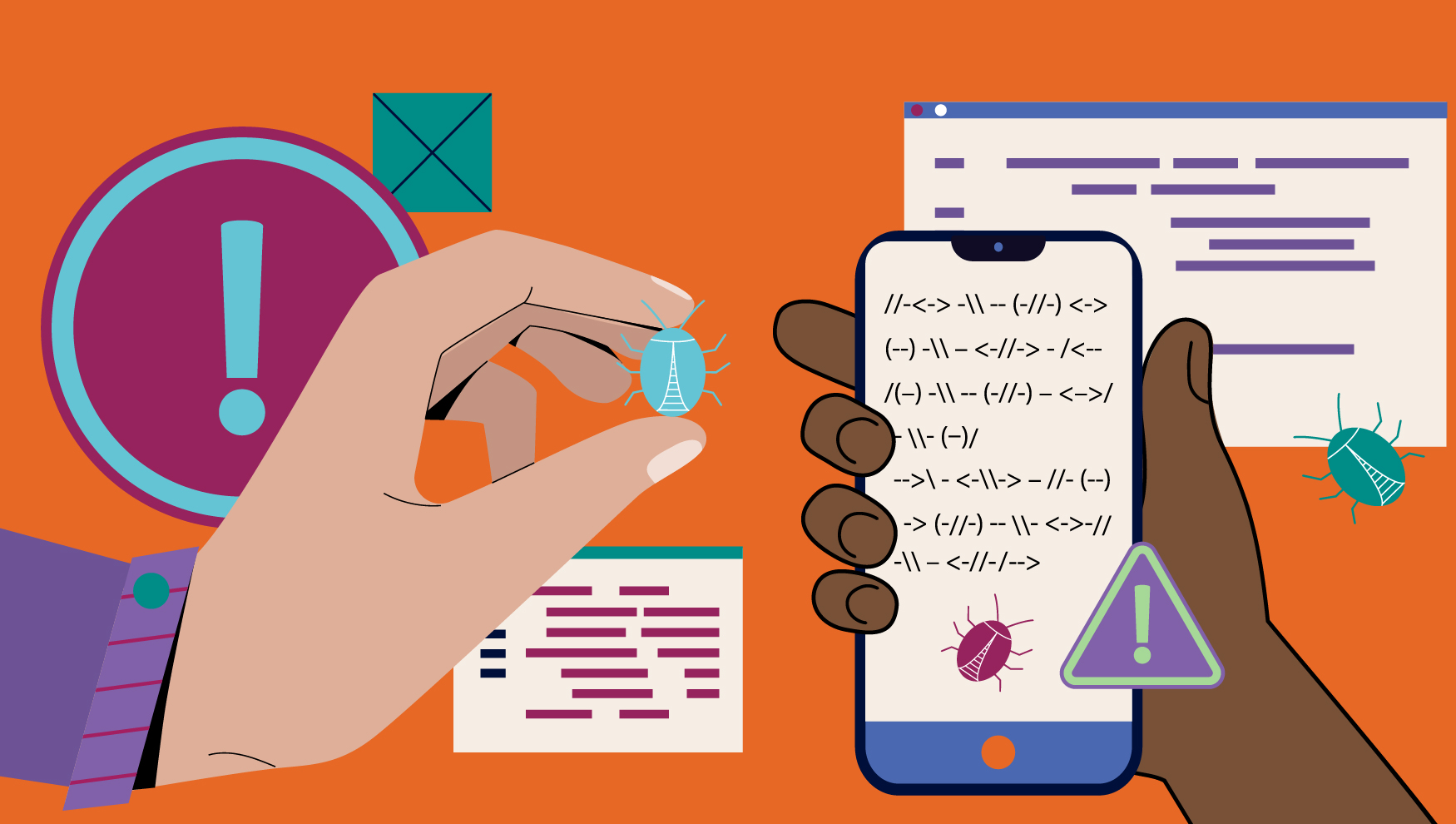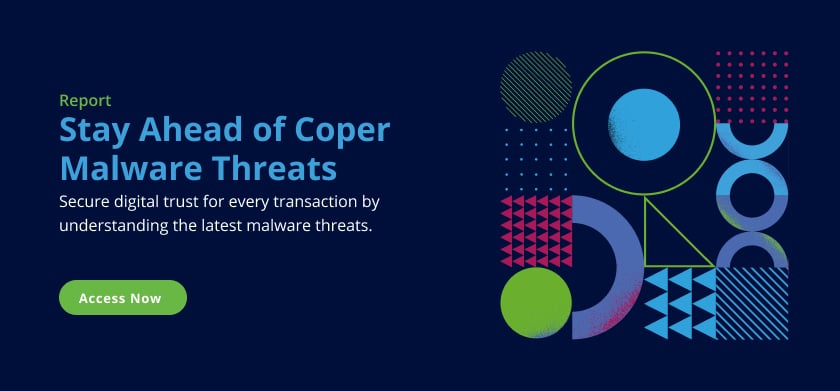
We're diving into the world of Coper Malware, also known as Octo. This pesky software has been making the rounds in the cyber world, targeting Android users and their banking apps. But don't worry! We've got you covered with all the latest information you need to stay safe in this ever-evolving digital landscape.
From its Origins to a Global Threat: The Evolution of Coper Malware
Coper Malware first popped up in July 2021, primarily targeting Colombian users. It had a penchant for impersonating apps from the Bancolombia financial institution. But it didn’t stop there — now, it’s extended its reach, affecting over 300 institutions worldwide! The new versions of Coper Trojan have started to spoof utility applications as well, and it’s expected to continue expanding.
Coper Malware’s Sneaky, Multi-Stage Infection
What makes Coper Malware so tricky is its modular design and multi-stage infection method. When you download a seemingly harmless app, the malware secretly installs a library containing malicious code. This code is obfuscated, making it difficult for security experts to analyze and remove it.
Virtual Network Computing: The New Face of Banking Trojans
Traditionally, banking Trojans would perform attacks using “overlays”’ or by exploiting Mobility-as-a-service (MaaS). However, Coper Malware has evolved beyond that. Some samples analyzed now use Virtual Network Computing (VNC) to launch screen recording services and capture screen contents being displayed by a foreground application. It can also hide notifications from banks and close apps — ensuring that permissions can’t be changed.
Protecting Your Bank and Customers from the Coper Malware Menace
So, how can you keep your hard-earned money safe from this crafty cyber threat? Financial institutions need to be vigilant and prepared for the challenges posed by the Coper Malware. Banks can stay ahead of the curve by understanding the security landscape and implementing a real-time threat-based mobile security strategy.
Stepping Up to the Challenge: Banks’ Role in Fending Off Coper Malware
As Coper Malware continues to evolve and expand its reach, banks must take proactive measures to protect their customers. By implementing robust security protocols and staying informed about the latest threats, financial institutions can make it much more difficult for cybercriminals to gain access to sensitive data. Here are some steps that banks can take to guard against Coper Malware and similar threats:
Invest in Advanced Security Solutions
Banks can quickly detect and respond to malware by employing advanced security solutions. This includes real-time monitoring of mobile apps, using machine learning algorithms to identify suspicious activity, and implementing multi-factor authentication (MFA) to ensure that only authorized users can access their accounts.
Educate Customers About Coper Malware
One of the most effective ways banks can protect their customers is by educating them about potential risks and how to avoid falling victim to malware attacks. This can be done through regular communication via email, social media, and in-app notifications, and offering resources on their websites. Encourage customers to download apps only from official sources and be cautious when granting app permissions.
Monitor and Block Malicious Apps
Banks should work closely with app stores, security firms, and other industry partners to identify and block malicious apps that may be harboring Coper Malware or similar threats. By establishing a strong partnership with these entities, banks can prevent the spread of malware before it has a chance to infect users’ devices.
Perform Regular Security Audits
Conducting regular security audits of their mobile apps and infrastructure will help banks identify potential vulnerabilities and address them before they can be exploited. This includes evaluating third-party vendors’ security and ensuring that proper security measures are in place throughout the entire app development process.
Implement Strong Data Encryption
To protect sensitive customer data from being intercepted by cybercriminals, banks should employ strong data encryption both at rest and during transmission. By doing so, even if the data falls into the wrong hands, it will be unreadable and useless to the attacker.
The Coper Malware is a sneaky, ever-evolving threat targeting mobile banking apps worldwide. It’s a team effort involving financial institutions, security experts, and customers alike to keep the world of mobile banking safe and secure. By taking these proactive measures, banks can significantly reduce the risk posed by Coper Malware and similar threats.
Stay safe out there, and remember, knowledge is power in the fight against cybercrime!
Share this article:
Related Posts
0 Comments6 Minutes
A Guide to Secure, Seamless User Authentication in Payments
Online payments demand a delicate balance between security and user experience. Consumers…
0 Comments7 Minutes
Combating Emerging Scams in the Philippines
The Philippines is witnessing remarkable growth in digital banking. Unfortunately, a…
0 Comments5 Minutes
Feedzai is a Leader in the 2024 IDC MarketScape for Enterprise Fraud Solutions
Exciting news! Feedzai, the world’s first RiskOps platform, is proud to have been named a…


